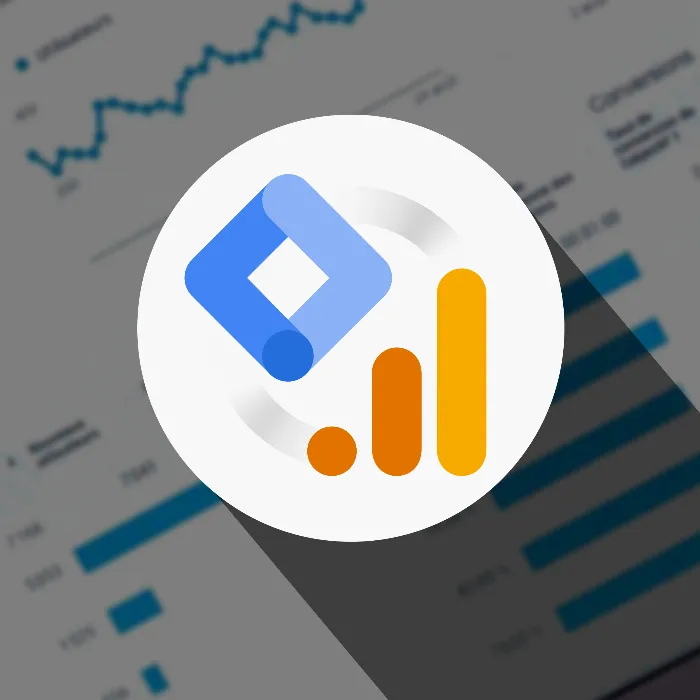The analysis of conversion paths is an essential part to better understand user behavior on your website. With the right insights, you can not only evaluate the performance of your marketing efforts but also make strategic decisions to increase your conversions. In this guide, I will show you how to access and analyze the conversion paths in Google Analytics to gain valuable insights.
Key insights
- Conversion paths show the various touchpoints users had before completing a conversion.
- Analyzing the touchpoints helps you determine which channels are most effective.
- By understanding user paths, you can optimize your marketing strategies.
Step-by-step guide
1. Navigation to the Conversion Paths
First, you should log into your Google Analytics account. Click on the "Advertising" tab and then go to "Attribution." Here you will find the option for conversion paths.
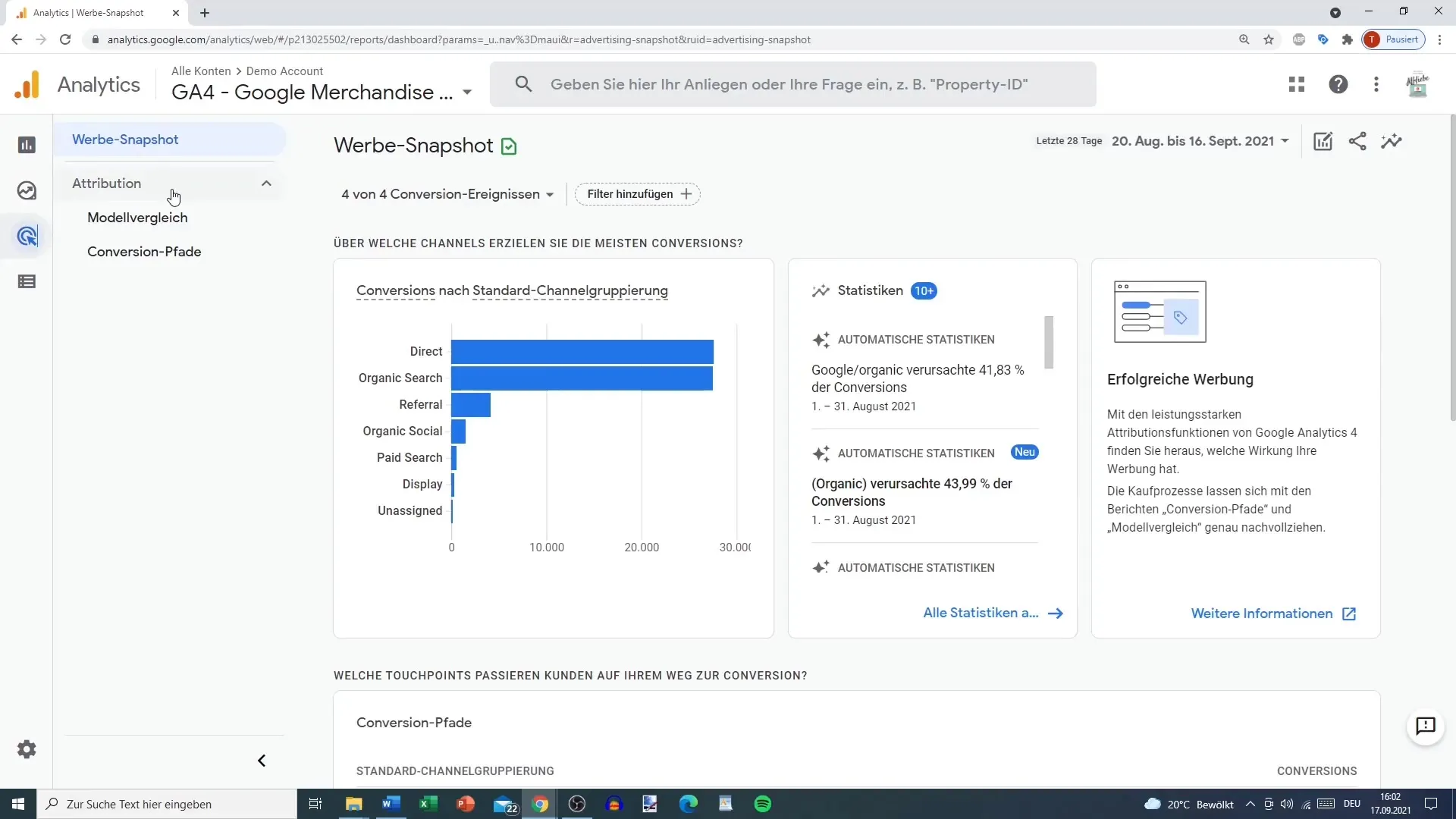
2. Selection of Conversion Type
Now you have the option to select the specific conversion type you want to analyze. For example, you can display the data for purchase conversions. Since the choice of conversion type is crucial for the analysis, make sure you make the right selection.
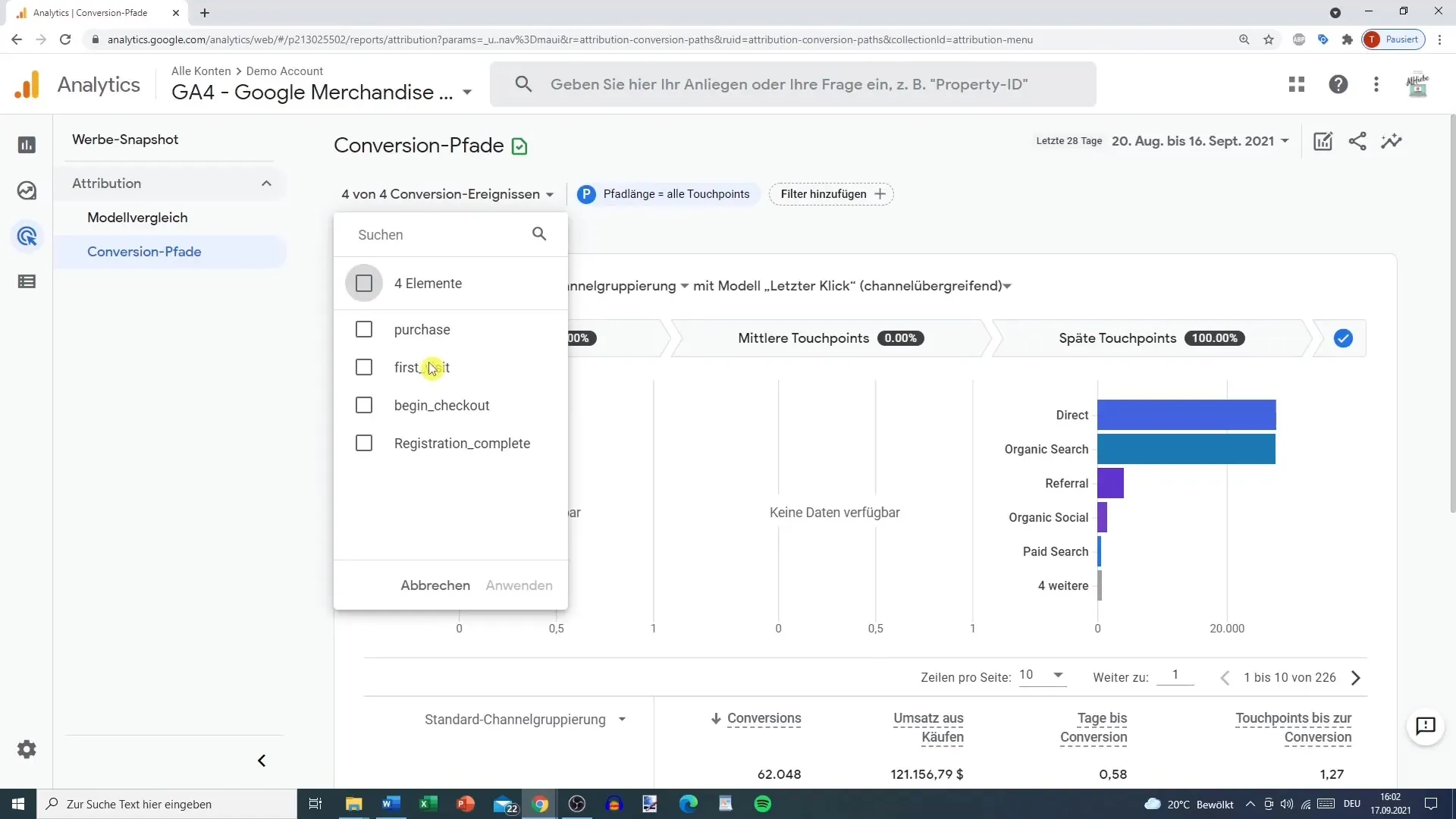
3. Overview of Touchpoints
After selecting the conversion types, you will see an overview of the different touchpoints. These include early, middle, and late interactions that led to a conversion.
4. Analysis of Sources
Now you can take a more detailed look at the origin of your conversions. Whether direct, organic, via referral, or through social media – the analysis provides insightful data on where your users come from and which channels are most successful.
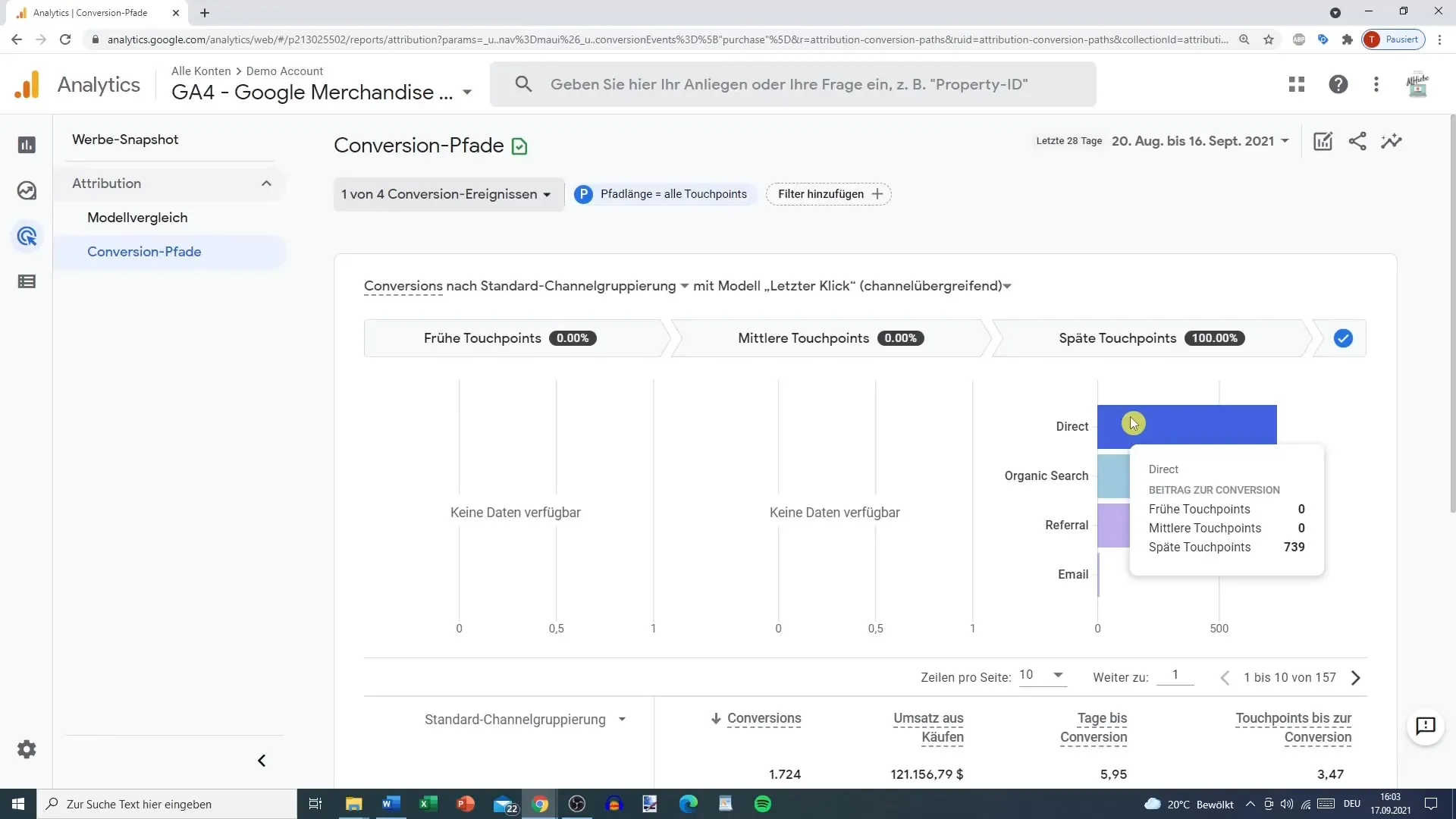
5. Categorizing Conversions
In addition, you can sort the conversions by different metrics. For example, you can sort the touchpoints by types of conversions. This shows you how many times users interacted through various channels before completing the conversion.
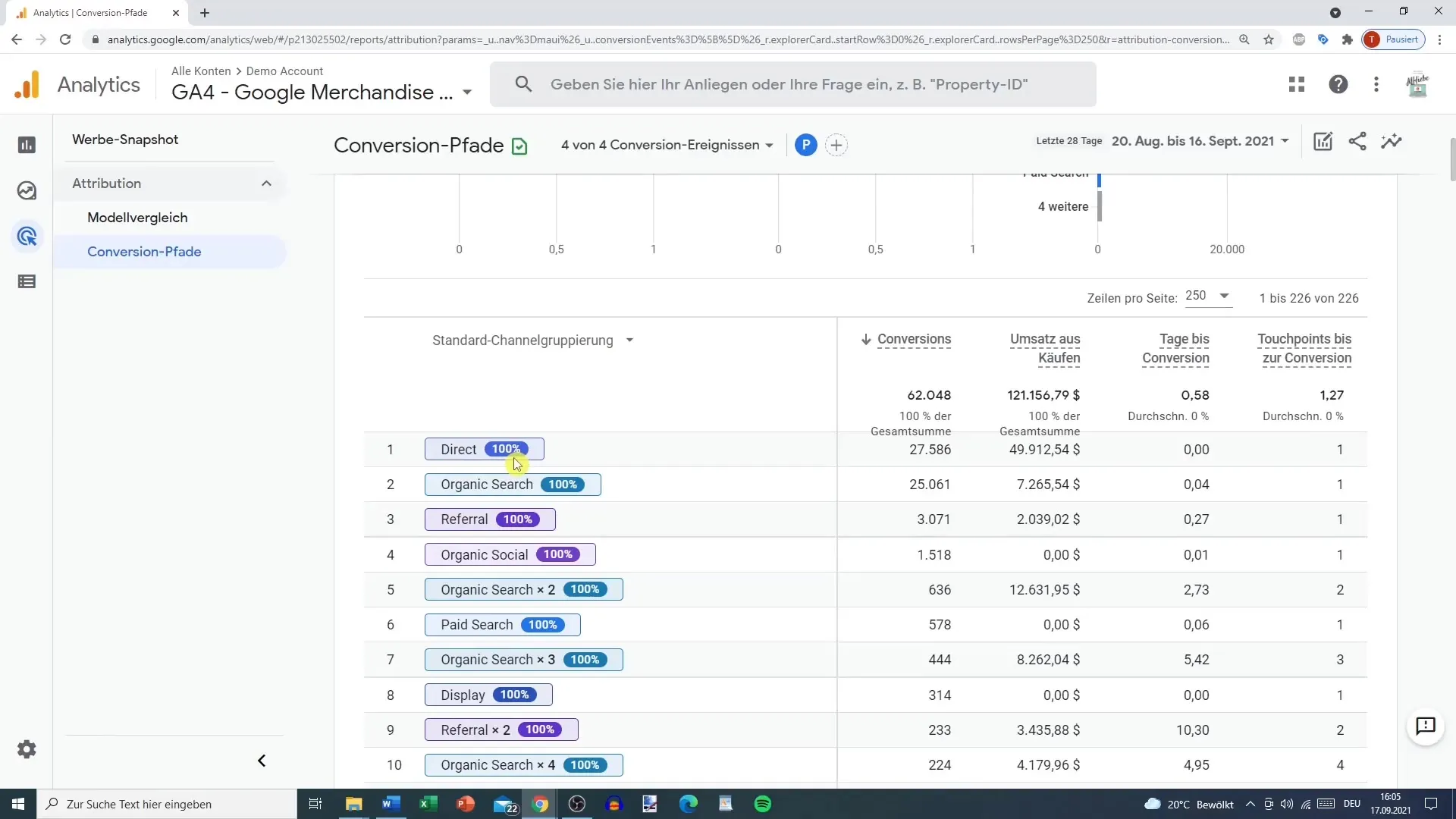
6. Examination of the Most Common Paths
In the next step, you should look at the most common paths that led to a conversion. This gives you a clearer picture of which user paths you can optimize for your marketing strategy.
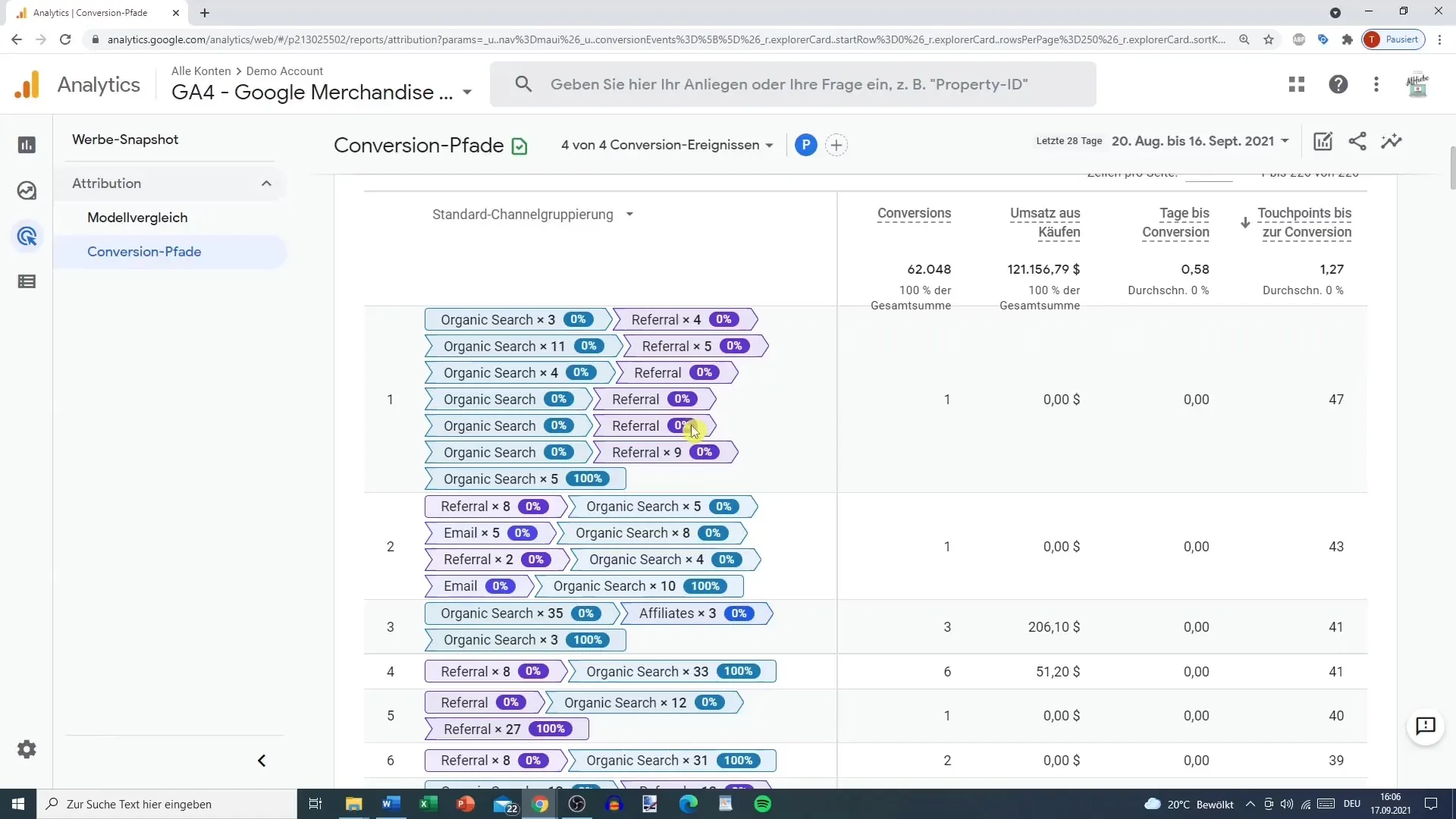
7. Revenue Analysis
Another interesting aspect is the analysis of revenues generated through the various channels. From this, you can identify which touchpoints generate the highest revenue and how they interact with each other.
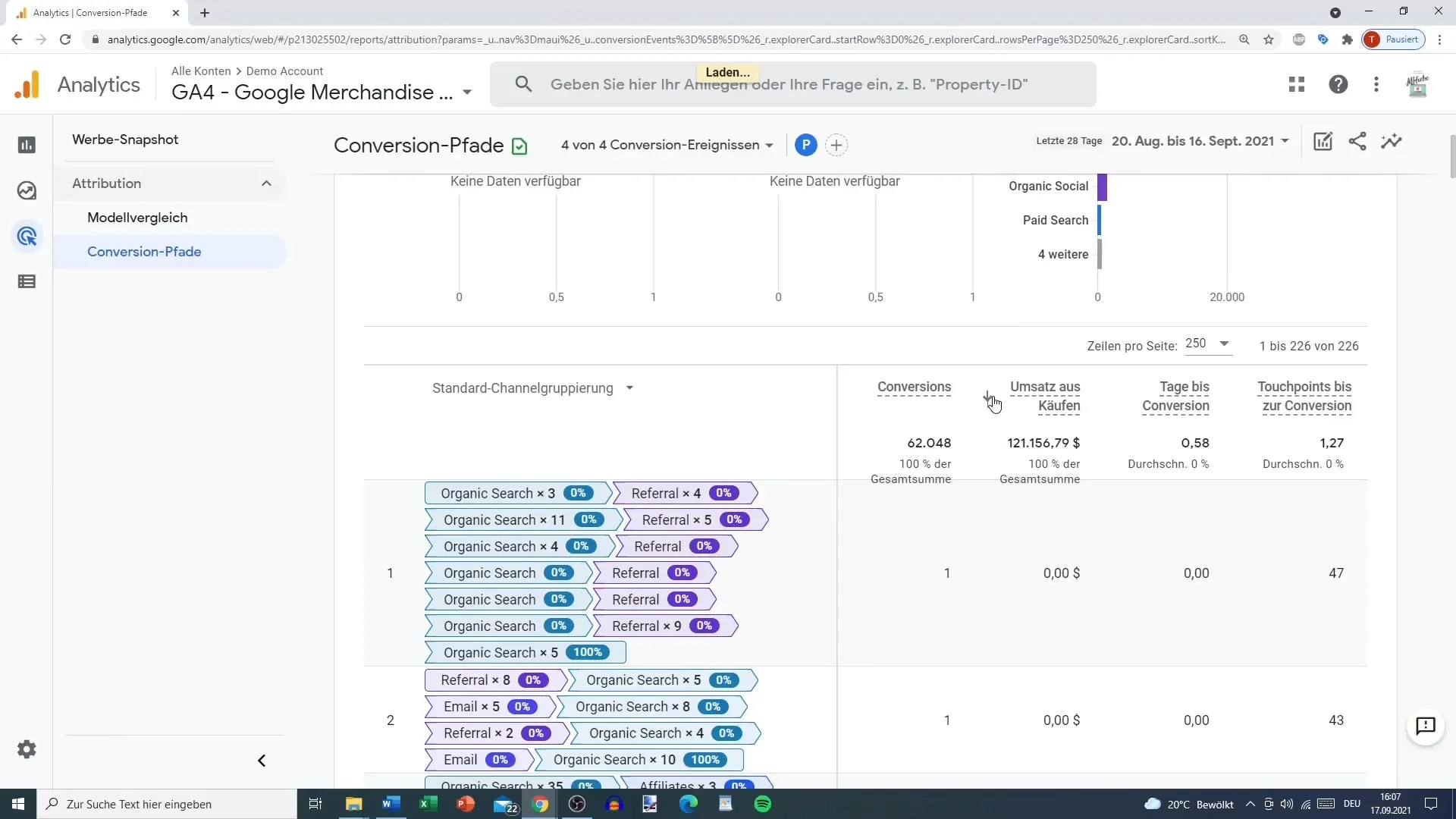
8. Gaining Insights into User Behavior
The analysis of conversion paths not only shows how many conversions came from a specific channel, but also that users often require multiple interactions before making a purchase decision.
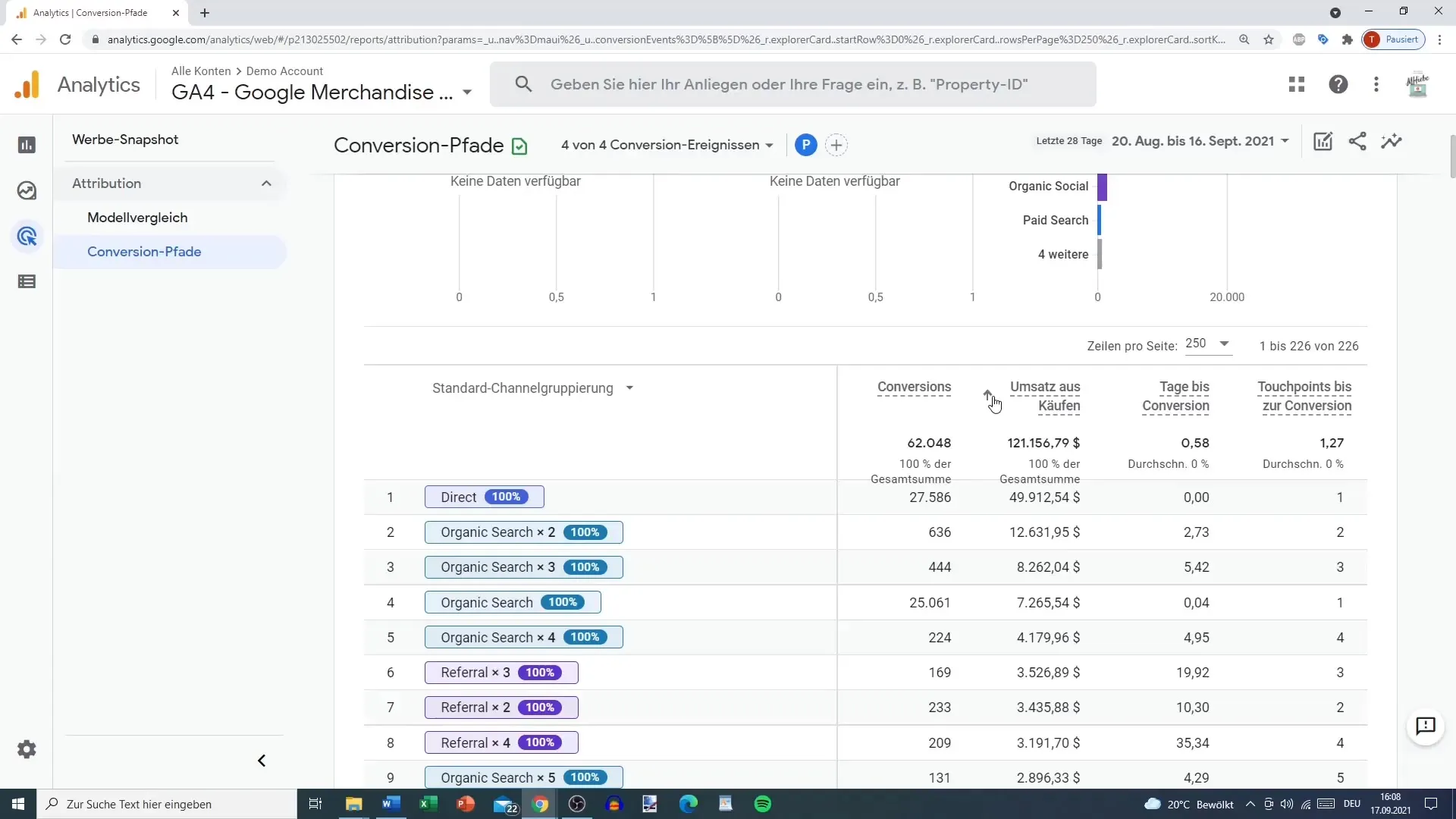
9. Optimizing Your Marketing Strategies
Use the insights gained to adjust your marketing strategies. It may turn out that organic search queries make up a much larger portion of your conversions than you originally thought. Therefore, take targeted actions to increase the visibility of your website in search engines.
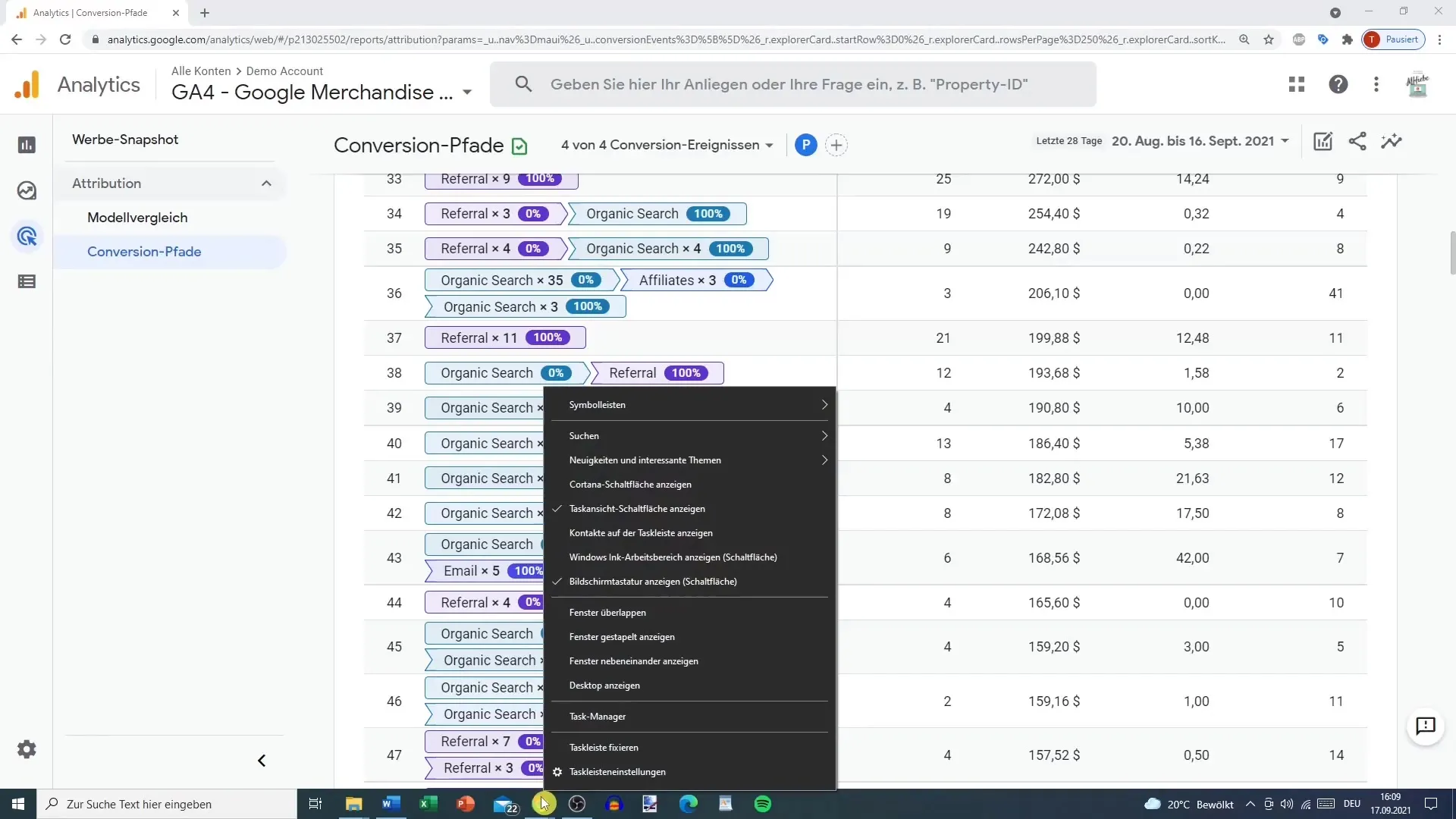
Summary
Analysing conversion paths helps you gain deeper insights into user behavior on your website. By understanding the different touchpoints and their impact on conversions, you can optimise your marketing strategies with precision and thus increase your conversions.
Frequently Asked Questions
How do I open the conversion paths in Google Analytics?You go to the "Advertising" tab and click on "Attribution". There you will find the option for conversion paths.
What are touchpoints?Touchpoints are the points of contact that a user has with your brand before a conversion is completed.
How can I trace the origin of my conversions?In Google Analytics, you can analyse the various sources of conversions, such as organic, direct, or through referral links.
What role do conversion paths play in my marketing strategy?They help you understand which channels and paths are most successful, so you can effectively optimise your marketing efforts.
Why is it important to analyse the different user paths?The analysis shows that users often need multiple interactions before making a purchase decision, and helps you tailor your strategy accordingly.
